Feeding time in a multi-pet household can feel like a scene straight out of a comedy show. With dogs darting around barking in excitement and maybe an antsy cat eyeing the food bowl and jumping up on the counter. Ensuring each pet gets the right nutrition can be a delightful yet chaotic endeavor. But fear not! With some clever strategies and these feeding tips for multi-pet households, you can turn mealtime into a smooth, stress-free experience for everyone involved.
1. Know Your Pets’ Nutritional Needs
The first step in nutrition for multiple pets at home is understanding their individual dietary requirements. Each pet has unique needs based on species, age, size, and health status.
- Dogs: Puppies require higher protein and fat content to support their growth, while seniors may need special diets to maintain joint health. Active dogs might benefit from calorie-dense foods to fuel their energy.
- Cats: Cats are obligate carnivores, meaning they thrive on a diet rich in animal protein. Be aware of any specific health concerns, such as urinary tract issues, which might require special formulations.
- Other Pets: If you have rabbits, guinea pigs, or birds, their nutritional needs can vary greatly. Research their specific dietary requirements to ensure they thrive.
Tip: Create a Pet Profile
Consider making a profile for each pet that includes their age, weight, dietary needs, and any allergies. This can help you easily reference their requirements when shopping or preparing meals, ensuring proper nutrition for multiple pets.
2. Choose High-Quality, Species-Specific Food
Following multi-pet feeding guidelines for balanced nutrition and selecting the right food is crucial in multi-pet households. Avoid the temptation of purchasing one “all-purpose” pet food. Instead, invest in high-quality, species-specific diets:
- Read Labels: Look for foods without fillers or artificial additives. Ensure they contain the right nutrients for your pet's age and health status.
- Consult Your Vet: Speak with your veterinarian about the best food options for each pet. They can provide guidance on specialized diets if needed.
Tip: Buy in Bulk Wisely
Buying food in bulk can save you money, but make sure you store it properly to maintain freshness. Consider individual bags or containers for each type of pet food to prevent cross-contamination.
3. Establish a Mealtime Routine
One of the best practices for feeding pets in multi-pet homes is developing a mealtime routine. Consistency is key when feeding multiple pets and a regular feeding schedule not only helps your pets understand when to expect their meals but also reduces mealtime chaos.
- Separate Feeding Areas: Designate specific spots for each pet to eat. This can help minimize competition and stress during mealtimes. Cats might appreciate a high perch, while dogs might prefer a quiet corner.
- Feeding Times: Stick to the same feeding times every day. This routine can help curb begging behavior and keep your pets calm.
Tip: Use Puzzle Feeders
For added fun, consider using puzzle feeders. These engaging devices not only slow down their eating but also provide mental stimulation. It’s like a mini game during mealtime!
4. Monitor Portions and Weight
When managing pet diets in a multi-pet household, portion control is essential. Overeating can lead to obesity, which is a common concern in households with multiple pets. Here’s how to keep their portions in check:
- Measure Food: Use measuring cups to ensure each pet receives the appropriate serving size. This can prevent one pet from sneaking extra bites from another’s bowl.
- Regular Weigh-Ins: Weigh your pets regularly to monitor their health. Adjust their portions based on weight changes and activity levels.
Tip: Keep a Feeding Log
Maintain a log of each pet’s food intake. This can help you track what they eat and identify any changes in appetite or weight over time.
5. Watch for Food Allergies and Sensitivities
With multiple pets, it’s important to keep an eye out for food allergies and sensitivities. Signs may include:
- Digestive upset (vomiting, diarrhea)
- Skin irritations (itching, rashes)
- Behavioral changes (increased irritability)
Tip: Introduce New Foods Gradually
When trying out new food, introduce it gradually over ten days. This slow transition allows you to monitor for any adverse reactions and identify possible allergens more easily.
6. Manage Feeding Dynamics
In a multi-pet household, mealtime dynamics can be interesting. One of the important feeding strategies for multi-pet families is to create an environment to keep the peace:
- Supervise Meals: If you notice any aggressive behavior or food stealing, supervise mealtimes. Be ready to intervene if necessary.
- Use Barriers: Baby gates can help keep pets separated during feeding. This is especially useful for keeping cats away from dog food or preventing a cheeky pet from sneaking a bite.
Tip: Create Enrichment Activities
Engage your pets in enrichment activities to distract them while you prepare meals. Toys, games, or simple training exercises can keep them occupied and reduce their focus on food.
7. Keep Things Fun and Engaging
Feeding time doesn’t have to be mundane. Make it an enjoyable experience for both you and your pets!
- Rotate Flavors: Keep things interesting by rotating proteins or brands of food. Just ensure any transitions are gradual to prevent digestive issues.
- Incorporate Treats Wisely: Use healthy treats as rewards during training or as part of interactive feeding. This can enhance their mealtime experience.
Tip: Celebrate Mealtimes
Consider making mealtime a fun event! Use special bowls, add a splash of wet dog food or wet cat food, or incorporate feeding challenges to make the experience more engaging for your pets.
Conclusion: Happy Pets, Happy Meals!
Learning and understanding how to feed multiple pets different diets is essential to providing the right nutrition for your pets. By understanding their individual needs, establishing a routine, and ensuring they receive what’s right for them, you can transform mealtime from chaos into harmony. Remember, a well-fed pet is a happy pet, and that’s the ultimate goal for any pet owner. So, gear up for feeding time, and enjoy the joyful antics that come with it!





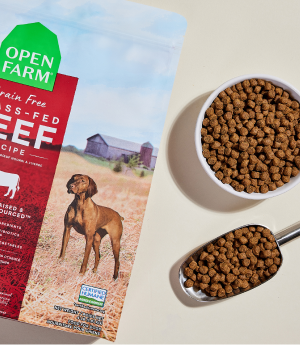
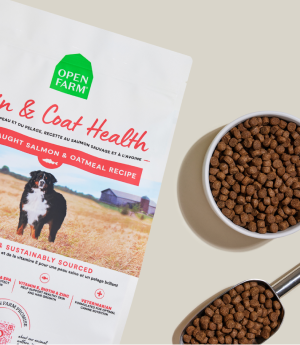
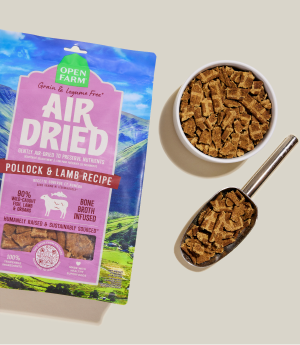

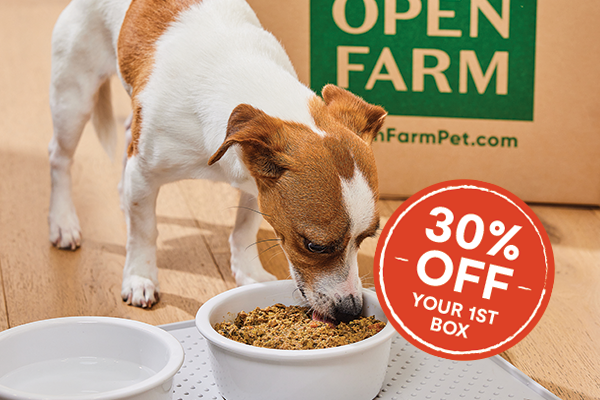

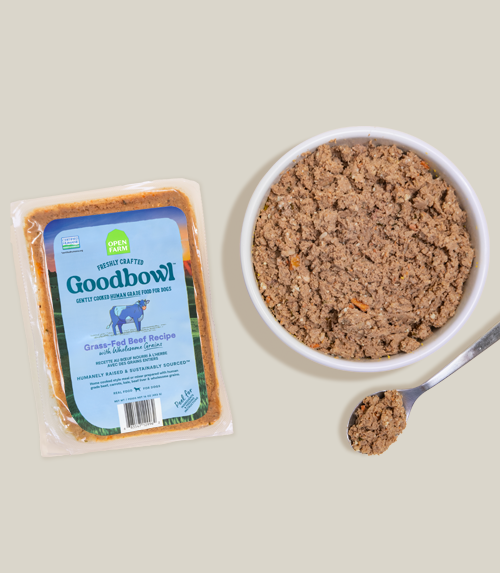

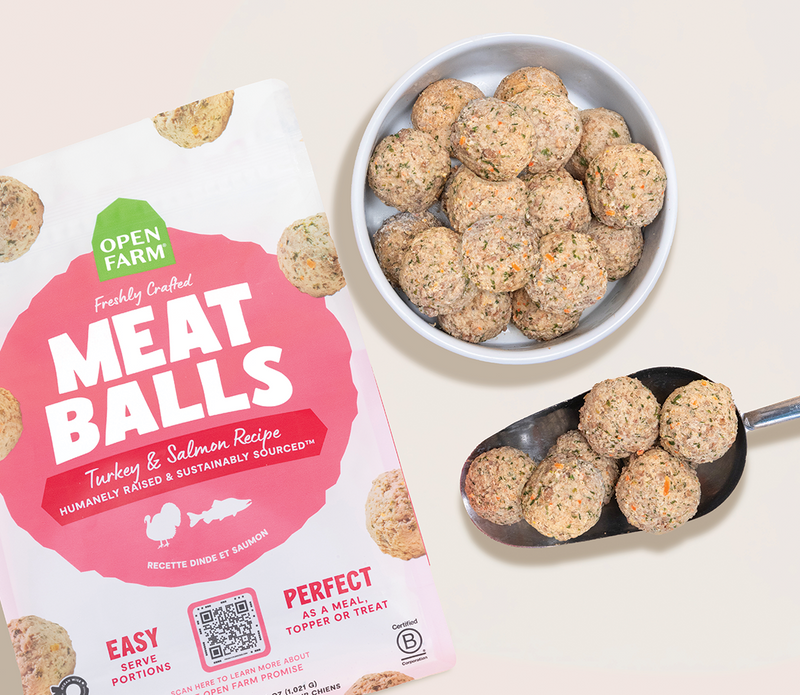
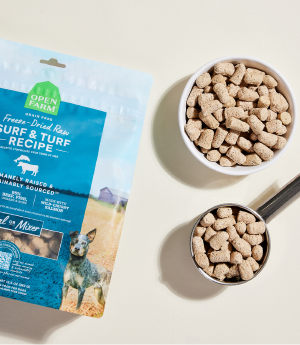
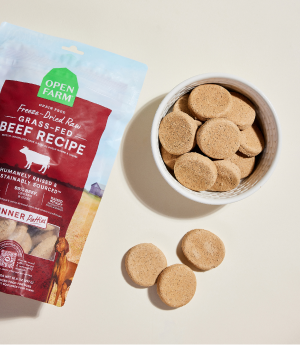
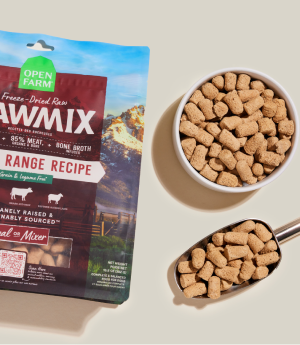
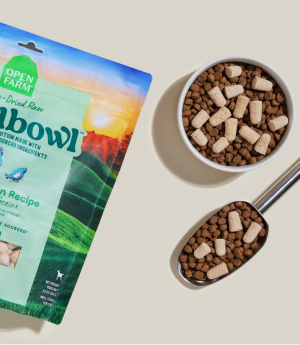
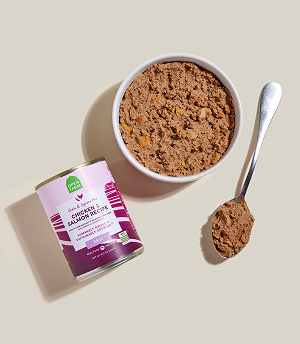
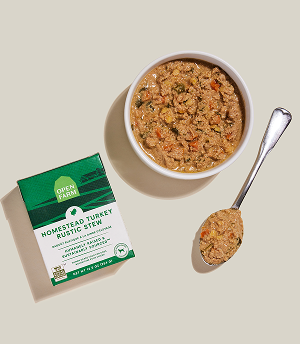
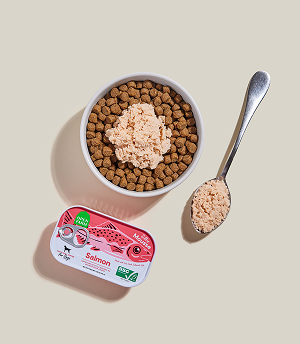
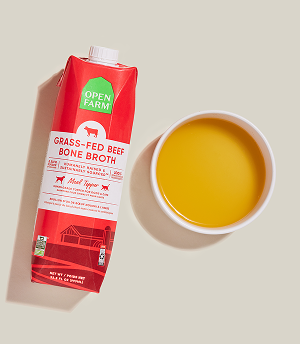

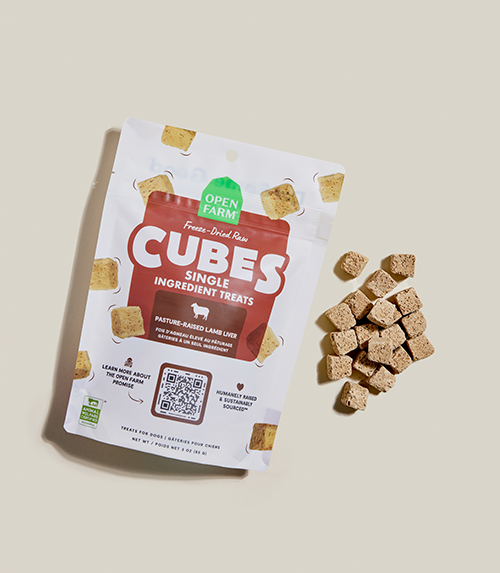
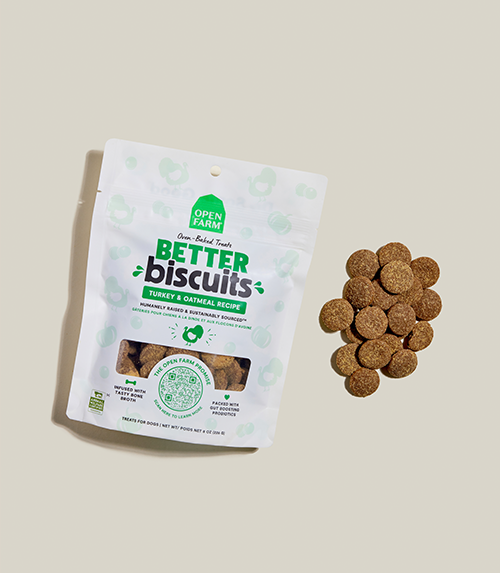











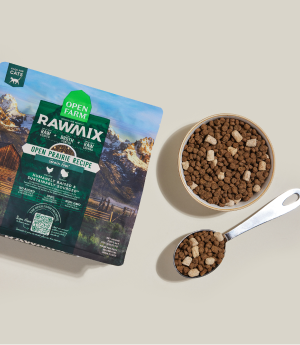
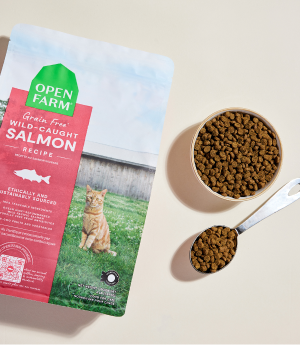
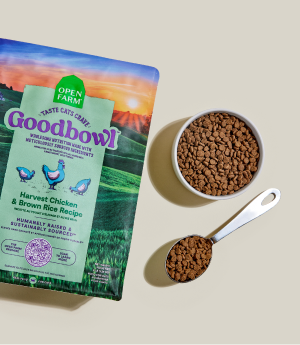
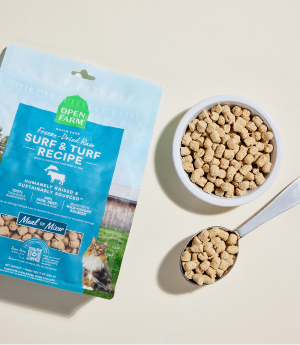
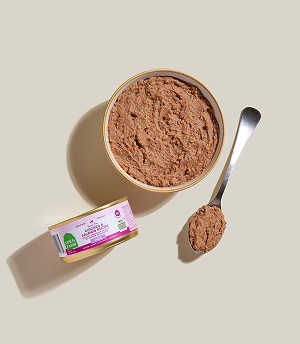
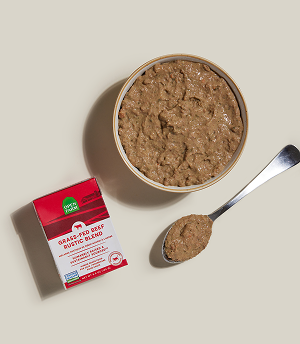
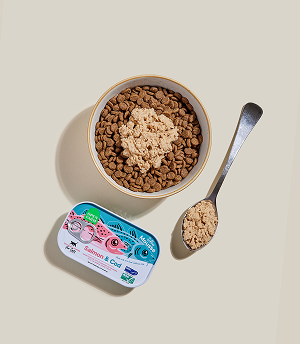
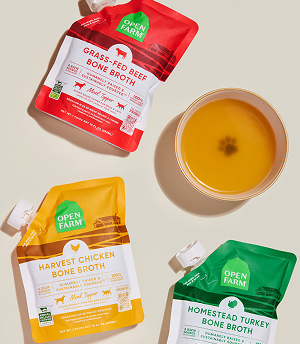
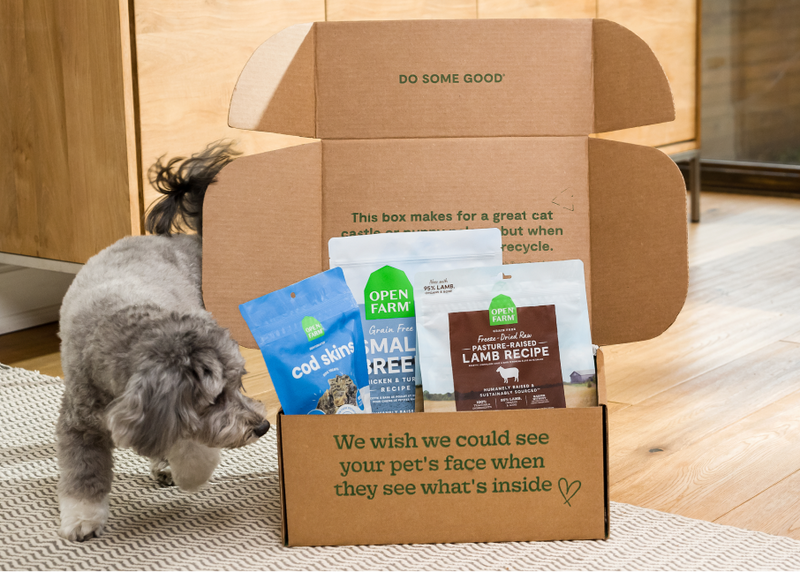
 Sign In
Sign In
 Create Account
Create Account










